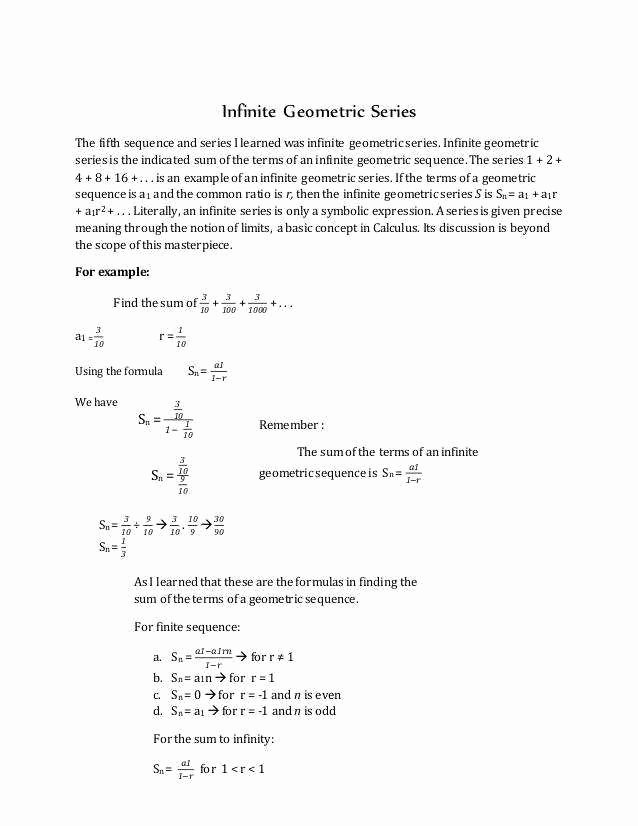
Once students understand the process of charting important milestones on a timeline, topics from the social studies curricula can be used. Students may enjoy making a timeline of their own lives, including important milestones such as when they learned to walk or talk or when they first wrote their name or rode a bike. Timelines are a great way to teach sequence in social studies. Students can document their observations by writing or drawing. In order to study or observe changes in something, students must follow along and record, in sequential order, what they notice. Scientific inquiry also develops sequencing skills. You can support students’ sequencing ability by encouraging the use of vocabulary words such as “What bead goes first? Then which bead? Which bead is third?” Encouraging students to write out the steps for solving addition and subtraction problems that include regrouping is an excellent way to have them think through the steps in a logical order. Most math curricula include worksheets on ordinal numbers (first, second, third, etc). Modeling sequencing with a smaller group of students using a familiar book with a very clear narrative structure to help students understand each story component.Providing English-learners with a copy of the text in their first language allows them to participate in sequencing and demonstrate their understanding of the concept and the content. Using books in translation for picture sequencing activities.Books by Barbara Lehmann and David Weisner are helpful for older or more sophisticated students practicing sequencing. For younger students, Pancakes for Breakfast by Tomie dePaola, which humorously details a woman making pancakes from scratch, or the wordless adventures by Mark Newgarden about a small dog named Bow-Wow (e.g., Bow-Wow Bugs a Bug) are good options. There are many wordless books that can be used for sequencing with younger students and with English language learners or students with limited English proficiency. More complex sequences, such as first-next-then-last, can be used with students who are ready.


Some students may benefit from the very simple beginning-middle-end format. Varying the complexity of story maps and sequencing words used.For example, in the “Beginning” box of your map, write in prompts such as: Who is the story about? Where does the story happen? Scaffolding instruction by providing prompts for each section of the story map you are using.Differentiated instruction For second language learners, students of varying reading skill, and younger learners


 0 kommentar(er)
0 kommentar(er)
